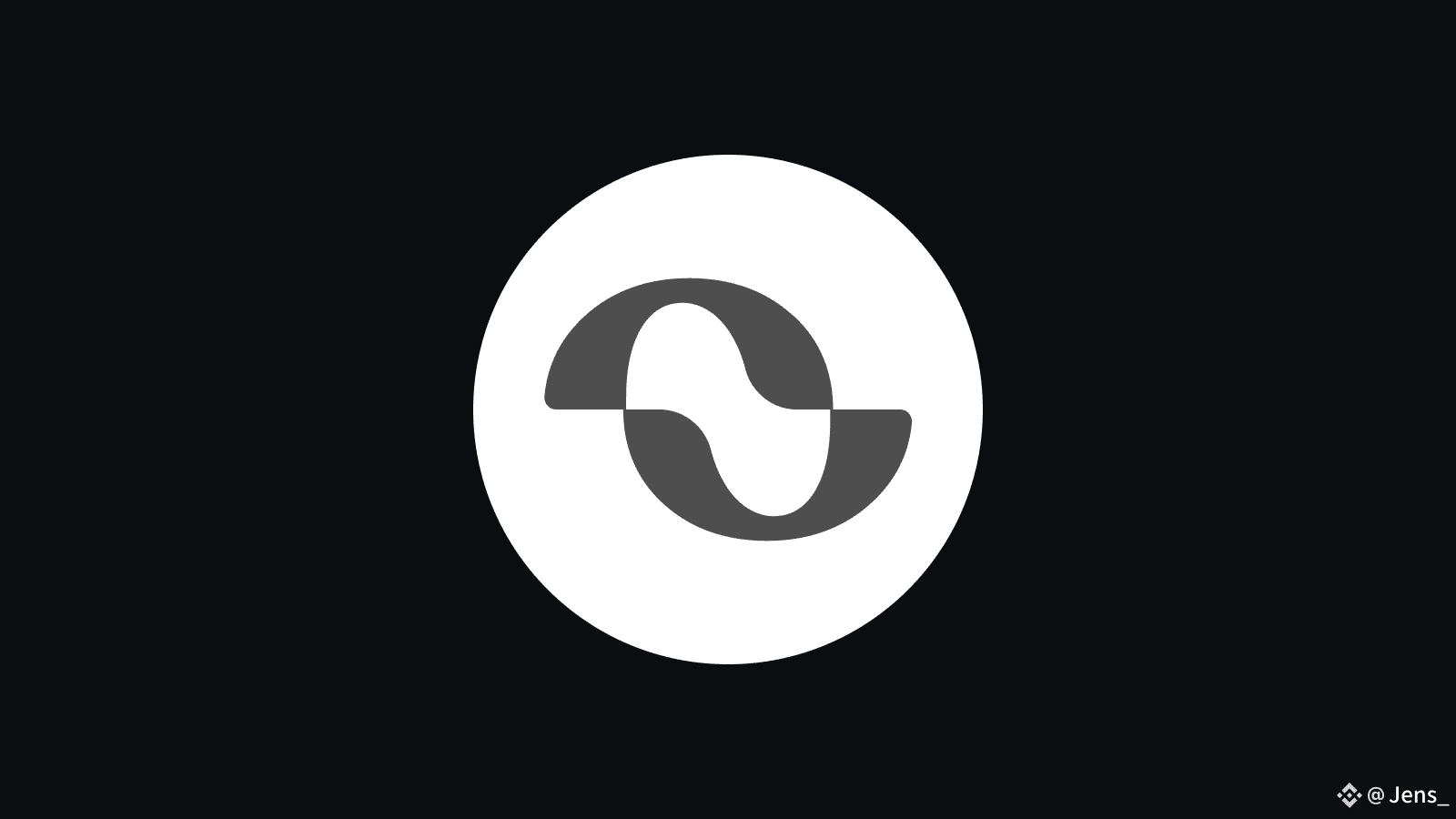Introduction
Blockchain technology has revolutionized digital finance and decentralized applications. Yet as networks expand, scalability, verification, and interoperability remain major challenges. @Boundless ($ZKC) addresses these issues by providing a zero-knowledge proving infrastructure that streamlines proof generation and verification across multiple blockchain environments. The platform leverages zkVM technology to reduce computational costs, enhance throughput, and enable seamless interaction between decentralized networks.
This article explores Boundless’ technology, real-world applications, developer benefits, and market positioning, highlighting its role in building the next generation of interoperable blockchain ecosystems.
The Core Technology Behind Boundless
Boundless is built around zero-knowledge proofs, which allow one party to verify the accuracy of a statement without revealing the underlying data. The platform’s zkVM infrastructure shifts computationally heavy tasks off-chain while ensuring verification occurs securely on-chain. This approach reduces network congestion, lowers gas fees, and increases transaction throughput.
A defining feature of Boundless is its ability to enable external prover nodes to generate and verify proofs without requiring each blockchain network to develop its own system. This modular design encourages interoperability, allowing developers and institutions to integrate Boundless into existing infrastructure without extensive redevelopment.
Interoperability and Cross-Chain Connectivity
Interoperability is one of the most pressing challenges in the blockchain industry. Multiple networks often operate in silos, limiting asset movement and information flow. Boundless addresses this problem by providing a standard framework for proof generation and verification that works across chains.
With Boundless, assets and data can move securely between networks while maintaining trustless verification. This opens opportunities for multi-chain DeFi applications, cross-chain NFT marketplaces, and interoperable enterprise blockchain solutions. By supporting diverse environments, Boundless ensures that decentralized applications can scale efficiently while interacting seamlessly with multiple ecosystems.
Real-World Applications
Boundless has significant implications for both developers and institutions. In decentralized finance, it allows for scalable lending, borrowing, and yield farming operations without compromising security or verification speed. Projects building on multiple chains can leverage Boundless to ensure that their smart contracts execute accurately and verifiably, reducing the risk of errors and fraud.
In the enterprise sector, Boundless enables companies to maintain privacy and compliance while participating in decentralized networks. Supply chain data, identity verification, and financial reporting can be verified across chains without revealing sensitive information. This provides businesses with a bridge between traditional processes and blockchain innovation.
Developer Advantages
Boundless offers developers a flexible, modular platform that simplifies the integration of zero-knowledge proofs into applications. By abstracting the complexities of proof generation, the platform allows teams to focus on building features and products rather than infrastructure. Developers can deploy applications faster, reduce operational costs, and create cross-chain solutions with greater confidence.
The zkVM design also supports composable smart contracts, enabling applications to interact with multiple DeFi protocols or NFT ecosystems without building custom bridges for each network. This composability accelerates innovation and opens doors for novel products that were previously challenging to implement.
Market Position and Competitive Edge
Boundless operates in a competitive landscape of Layer 2 solutions, cross-chain bridges, and zero-knowledge technologies. Its advantage lies in combining cost-effective proof generation, cross-chain interoperability, and developer-friendly infrastructure. Competitors often focus on a single aspect, such as bridging assets or scaling a specific network, but Boundless integrates these features into a unified platform.
This holistic approach positions Boundless as a foundational infrastructure provider for multi-chain ecosystems. By reducing friction and enhancing verification capabilities, it becomes a critical tool for both DeFi innovators and institutions exploring blockchain adoption.
Future Outlook
The demand for interoperable, scalable, and secure blockchain solutions is expected to increase as decentralized finance, NFTs, and enterprise applications grow. Boundless is well-positioned to capitalize on this trend by providing an infrastructure that enables networks to communicate, verify, and scale efficiently.
Future developments may include enhanced tooling for developers, expanded cross-chain integrations, and additional security protocols to strengthen enterprise adoption. The platform’s ability to maintain privacy while supporting verification will likely make it a preferred choice for organizations seeking secure multi-chain solutions.
Conclusion
Boundless ($ZKC) is shaping the future of blockchain interoperability by providing a robust, scalable, and secure proof generation infrastructure. Its modular zkVM design, focus on cross-chain connectivity, and developer-friendly tools make it an essential component for decentralized applications, DeFi projects, and enterprise blockchain solutions.
As blockchain networks continue to expand, platforms like Boundless that prioritize efficiency, security, and interoperability will define the next era of decentralized innovation. Boundless not only solves existing challenges but also opens opportunities for new applications that were previously unattainable.


